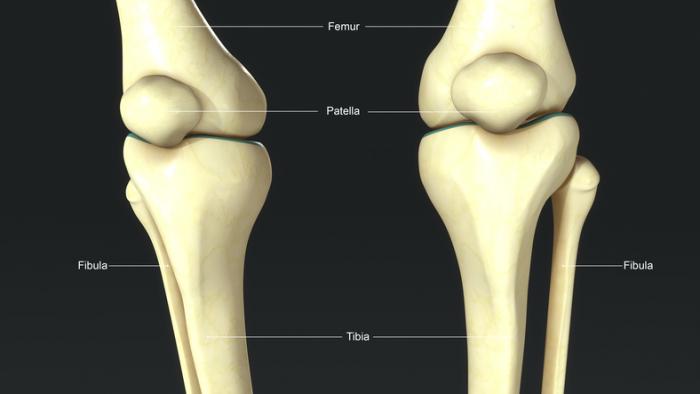Joint Fracture In Nagpur

Joint Fracture In Nagpur
What Is a Joint Fracture?
A joint fracture occurs when one or more bones in a joint are broken. Joints are the areas where two or more bones meet, such as the knee, elbow, shoulder, or hip. These fractures can be either displaced (when the bone fragments are out of alignment) or non-displaced (when the bone fragments remain in their original position).
Common types of joint fractures include:
- Fractures of the elbow (olecranon, radial head, etc.)
- Knee fractures (including patella fractures)
- Shoulder fractures (such as fractures of the clavicle or humerus)
- Wrist fractures (e.g., distal radius fractures)
- Hip fractures (common in older adults)
Causes of Joint Fractures
Joint fractures typically occur as a result of:
- Trauma or Injury: Falling, car accidents, or sports-related injuries can cause the bones around a joint to break.
- Osteoporosis: Weakened bones, often due to aging, increase the risk of fractures, especially in the hip, wrist, and spine.
- High-Impact Activities: Certain sports or high-impact activities can increase the risk of fractures.
- Bone Diseases: Conditions like cancer, infections, or metabolic bone diseases can make bones more susceptible to fractures.
Symptoms of a Joint Fracture
Signs and symptoms of a joint fracture include:
- Swelling and bruising around the joint
- Deformity or abnormal positioning of the joint
- Limited mobility or inability to move the joint
- Numbness or tingling in the affected area (in cases of nerve damage)
Treatment Options for Joint Fractures
The treatment for a joint fracture depends on the type and severity of the fracture. Here are the most common treatment options:
1. Non-Surgical Treatment
For less severe fractures or stable fractures, the doctor may recommend non-surgical treatment, including:
- Immobilization: Using a cast, splint, or brace to keep the joint and bones in place while healing.
- Pain Management: Pain relievers like NSAIDs (ibuprofen) or prescription pain medications may be prescribed to reduce pain and swelling.
- Ice and Elevation: Applying ice packs and elevating the injured area to reduce swelling.
- Physical Therapy: Once the fracture has healed, physical therapy may be recommended to regain strength and mobility.
2. Surgical Treatment
In cases of severe or displaced joint fractures, surgery may be necessary to realign the bones and promote healing. Surgical options include:
- Open Reduction and Internal Fixation (ORIF): The surgeon makes an incision to realign the fractured bone(s), using plates, screws, or rods to stabilize the joint.
- Joint Replacement Surgery: In severe fractures where the joint is damaged beyond repair (such as in hip fractures), joint replacement may be necessary to restore function.
- External Fixation: In certain cases, an external frame may be used to stabilize the fracture and allow healing.
Recovery from Joint Fractures
Recovering from a joint fracture takes time, and the healing process may vary depending on the type and severity of the fracture. Here’s what you can expect during recovery:
- Rest and Immobilization: For the first few weeks, you will need to rest and avoid putting weight on the injured joint.
- Rehabilitation: After the bone has healed, physical therapy will help restore strength, flexibility, and range of motion to the joint.
- Follow-Up Appointments: Regular checkups with your orthopedic specialist are essential to monitor your progress and ensure proper healing.
How to Prevent Joint Fractures
While some joint fractures are unavoidable, you can reduce your risk of fractures by following these preventive measures:
- Maintain Bone Health: Ensure adequate intake of calcium and vitamin D to support bone strength.
- Exercise Regularly: Weight-bearing exercises, strength training, and balance exercises can help maintain bone health and prevent falls.
- Wear Protective Gear: When participating in high-impact sports, always wear the appropriate protective gear, such as knee pads or elbow pads.
- Fall Prevention: Take steps to prevent falls by ensuring your home is safe (e.g., removing tripping hazards) and using assistive devices when necessary.
